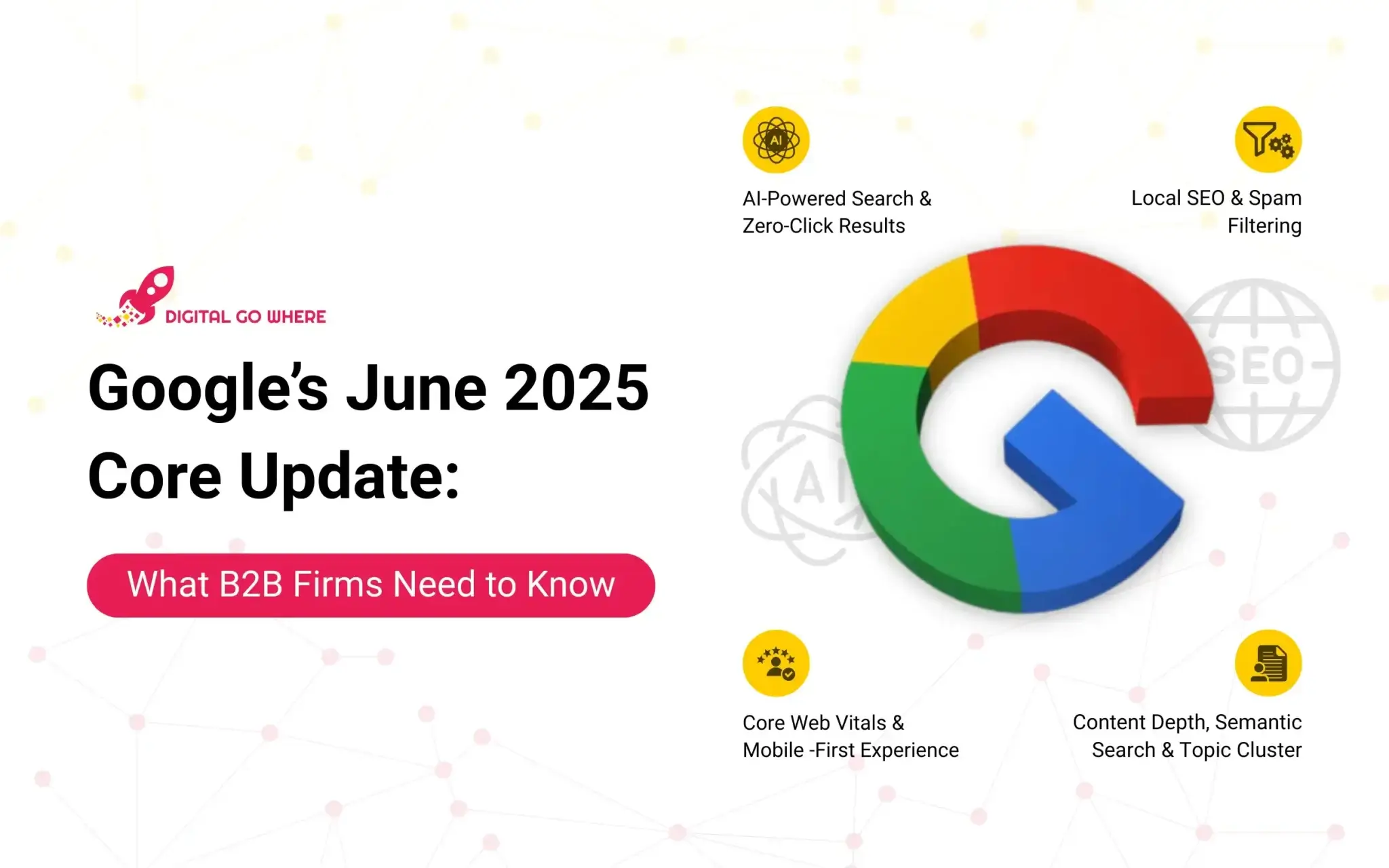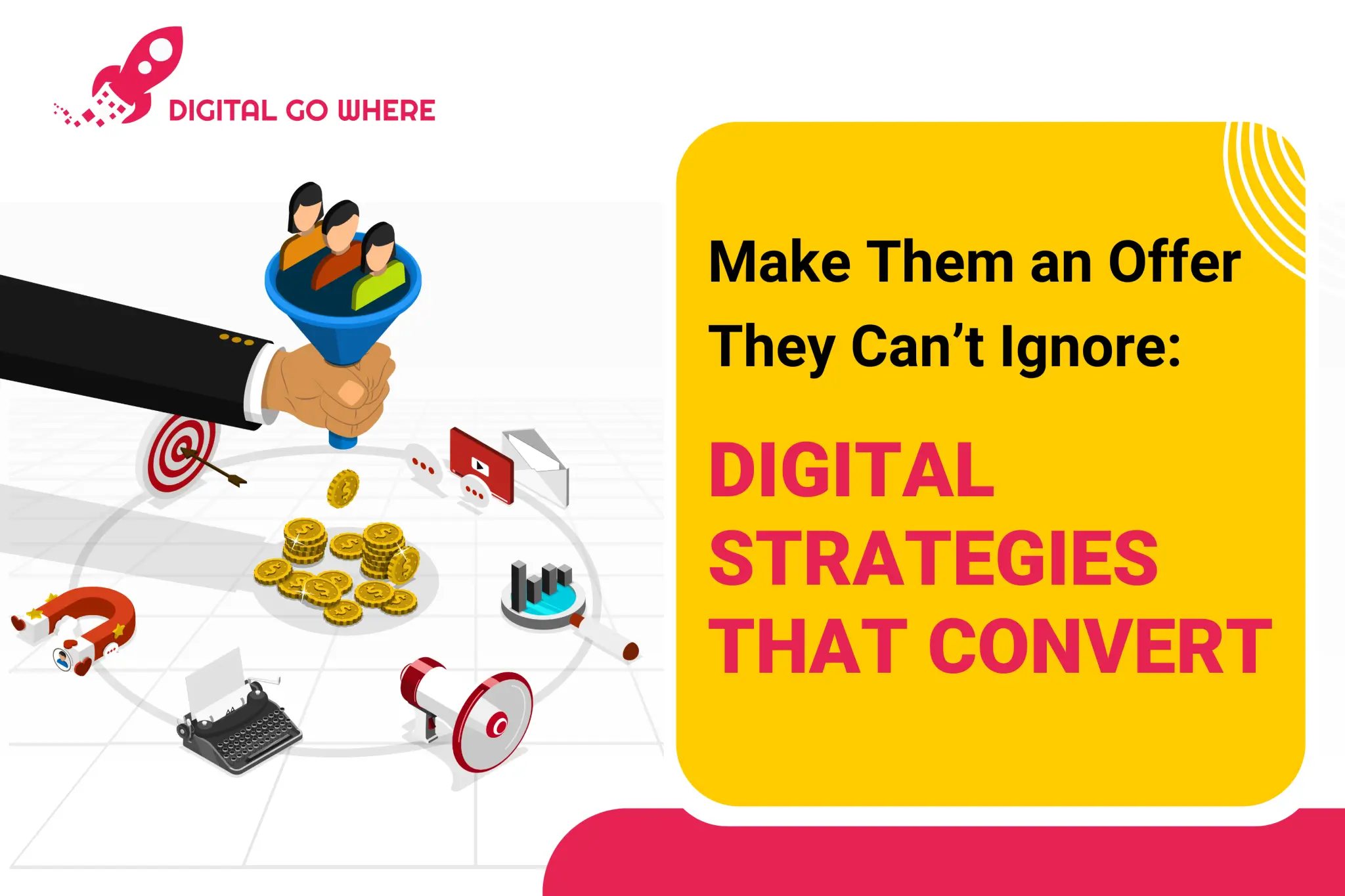
In recent years, the environmental impact of websites has become a hot topic. The carbon footprint of the internet, encompassing data centers, telecom networks and user devices, is comparable to the energy consumption of an entire country. As web developers, we have a crucial role to play in building energy-efficient websites that benefit both the planet and user experience.
In my previous blog, I delved into 5 effective strategies for designers to craft energy-efficient websites and content. Now, let’s dive into a comprehensive guide featuring 15 simple steps that web developers can implement for website development that are not only environmentally friendly but also elevate SEO performance and enhance overall user satisfaction.
Table Of Content
Website Development
Web developers play a crucial role in shaping the energy efficiency of the websites they manage. While certain decisions made by designers and content creators may be beyond the web developer’s purview, there are multiple areas within website development where developers have complete control and the ability to optimize both content and designs.
1. Clean Code is Green Code
Ensuring code cleanliness is paramount for developers. This involves maintaining organized, streamlined code, eliminating duplication and optimizing queries. The choice of refined frameworks and libraries further aids in reducing server load and enhancing overall efficiency.
2. JavaScript with Efficiency
Developers must prioritize efficient JavaScript usage, considering its impact on file weight and CPU usage. Whenever possible, opting for more efficient technologies like CSS helps maintain a balance between functionality and resource conservation.
3. Image Optimization is Key
Technical strategies play a crucial role in minimizing image file sizes. This includes loading images at the correct scale and utilizing image compression tools to ensure a seamless user experience without compromising on energy efficiency of the website .
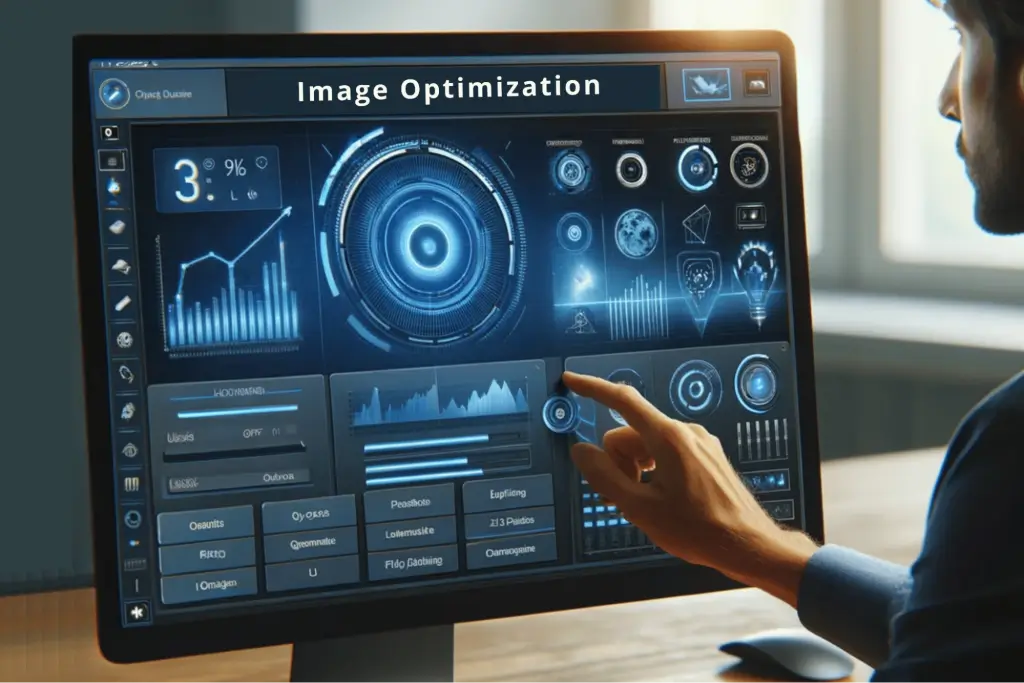
4. Font Choice Matters
Ask yourself; Which fonts best suit your needs? Web fonts, system fonts or embedded fonts. Adopting efficient font strategies can significantly contribute to and reduce font file sizes by almost 97%. This approach ensures that visual appeal is maintained without compromising website performance.
5. AMP (Accelerated Mobile Pages) Up Your Mobile Game
The implementation of AMP technology is particularly beneficial for mobile users. AMP streamlines web pages into a minimalist, energy-efficient website version, improving both load times and overall user experience (UX).
6. Go Static When Possible
Considering the construction of static web pages in HTML, CSS and JavaScript is a strategic move to reduce server processing and subsequently reduce energy consumption. This approach is especially effective in scenarios where dynamic content isn’t a necessity.
7. Progressive Web App (PWA) Technology
Leveraging PWA technology allows developers to cache files on user’s devices, minimizing data transfer and enhancing load times. This not only improves website energy efficiency but also contributes to improved load times and a more seamless user experience.
Web Hosting
Websites consume significant energy within data centers and during data transmission. Thoughtful choice of web hosting services can significantly influence both energy efficiency and webpage speed. Consider the following key points in this regard:
1. Cache It Up with Varnish
Utilizing caching technologies like Varnish is instrumental in pre-generating static versions of pages. This significantly diminishes server energy consumption, leading to improved load times and a more efficient web presence.
2. Choose High PUE Rated Hosts
Opting for hosts with high Power Usage Efficiency (PUE) ratings is a proactive step toward greater energy efficiency in data centers. This ensures that a larger proportion of energy is directed towards computational activities and minimizing waste.
3. Select Local Data Centers
The strategic selection of a data center close to the target audience is pivotal in reducing energy consumption during data transmission. This not only benefits the environment but also contributes to quicker page load times.
4. Content Delivery Networks (CDN) Delivering Efficiency
Employing CDNs to serve assets from locations closer to users significantly improves energy efficiency and page load times. This distributed approach minimizes data transfer distances, enhancing overall website performance.
5. Bot Blockers
Guardians of Efficiency: Blocking of bots is a practical approach to reducing processing and bandwidth usage. This can result in substantial savings, contributing to a more energy-efficient web ecosystem.
6. Embrace Dark Mode
The implementation of dark mode is a creative solution to reduce energy consumption, especially effective with OLED screens. This user-friendly feature not only conserves energy but also caters to varying user preferences.
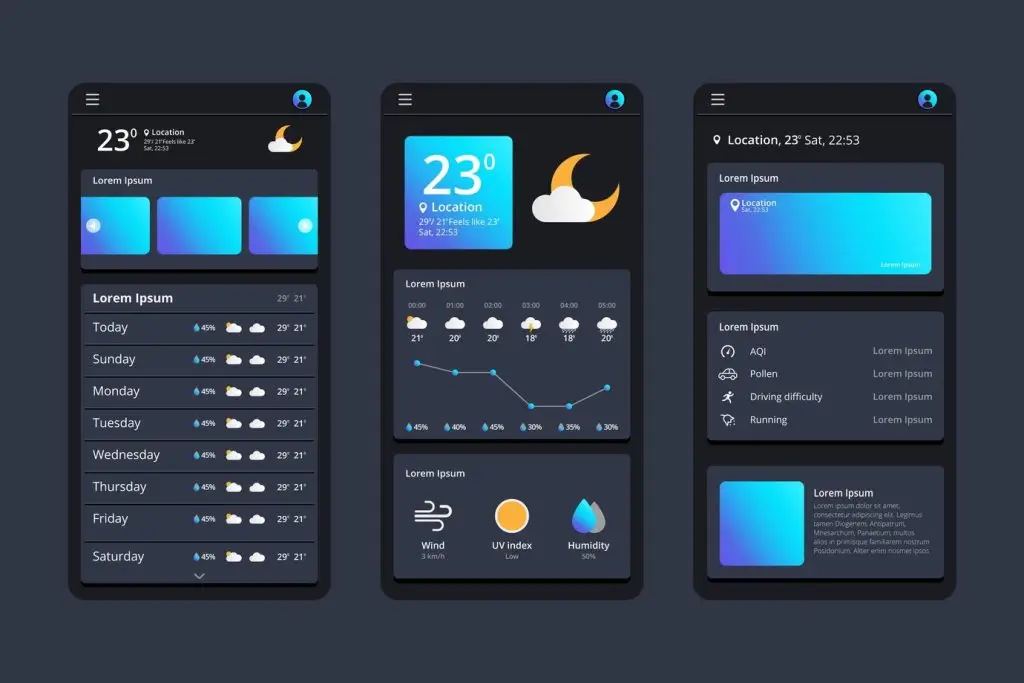
7. Update PHP Version
Ensuring servers use the latest PHP versions is crucial for improved efficiency and reduced energy consumption. Staying updated with technology advancements directly impacts the overall performance of web applications.
8. Don’t Forget the Energy Source
Acknowledging the energy source of the web host is pivotal. Aiming for low carbon emissions or renewable energy aligns with the goal of further reducing a website’s environmental impact and working towards digital sustainability.
Tip: Have the option of dark and light mode for users.
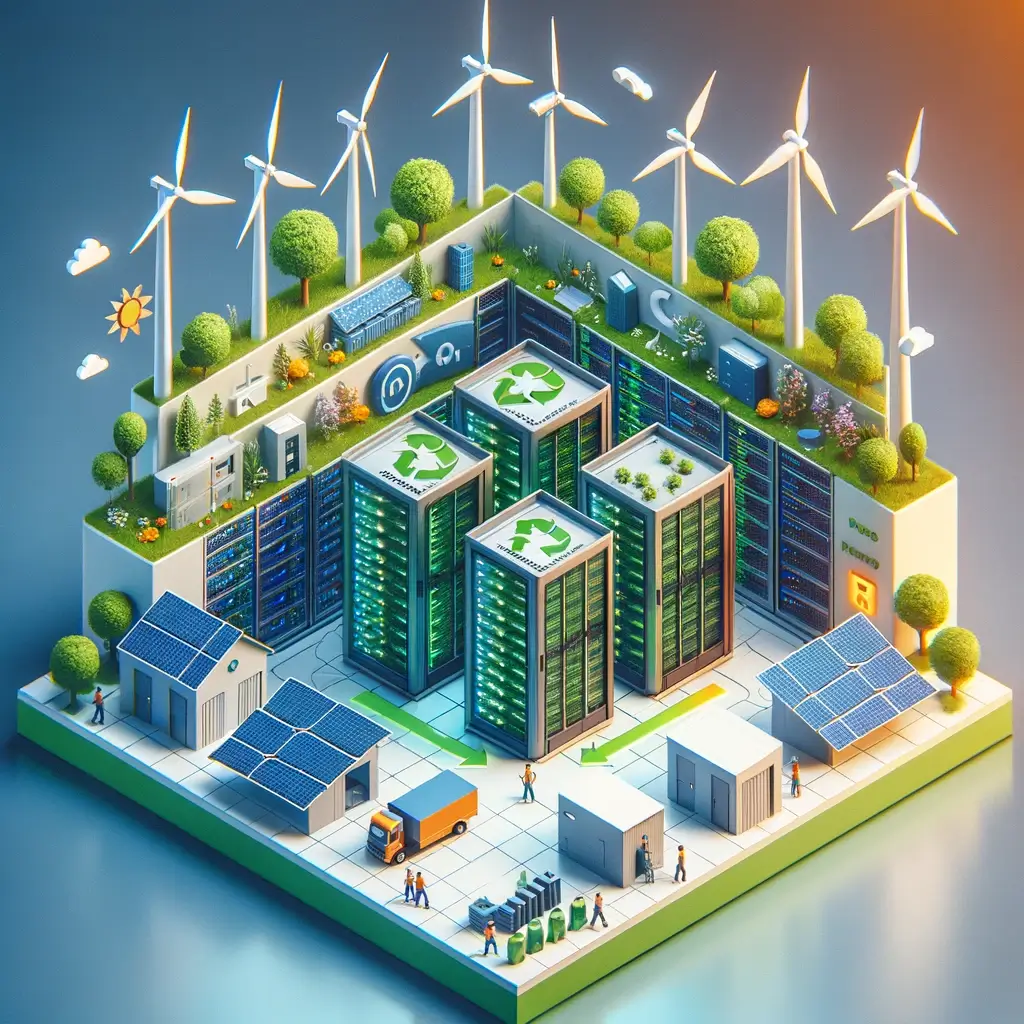
Conclusion
Creating energy-efficient websites is a collective responsibility. Developers with strategic choices can significantly contribute to sustainable design. By implementing these practices in design, website development, and hosting, we pave the way for a sustainable and efficient web future.
Ready To Skyrocket Your B2B Game This Holiday
FAQs
Why is clean code important for website energy efficiency?
Clean code ensures efficient server performance by reducing duplication and optimizing queries. It lowers energy consumption, improving overall website efficiency and user experience.
How does choosing a high PUE-rated host impact a website's energy consumption?
Opting for a high PUE-rated host enhances energy efficiency, directing more power to computational activities, minimizing waste, and reducing the website’s environmental impact.
How does dark mode contribute to energy efficiency?
Dark mode is particularly effective with OLED screens, as it reduces energy consumption by lighting up individual pixels instead of a constant backlight.
How can server caching improve a website's energy efficiency?
Server caching reduces server processing, leading to lower energy consumption, faster loading times, and an overall more energy-efficient website.
Why is the energy source of the web host crucial for digital sustainability?
The energy source of the web host is vital for digital sustainability, influencing a website’s environmental impact. Choosing low carbon emissions or renewable energy supports a more eco-friendly digital ecosystem.
Most Popular



